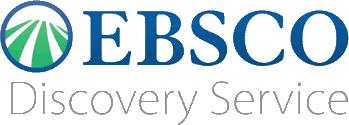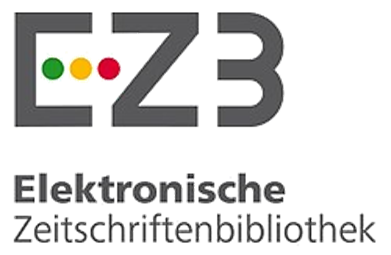Technology-Based English Language Instruction in Pakistan: An Empirical Review
DOI:
https://doi.org/10.51611/iars.irj.v13i02.2023.210Keywords:
Technology, Teaching, Effective Learning, Technology-based InstructionAbstract
English language teaching has advanced greatly because of the incorporation of modern technology. Electronic teaching systems have positive effects on student engagement and English language acquisition. The vast majority of modern English language teachers make use of some form of technology help in the classroom. The present study addresses various aspects of technology used in English education in Pakistan by building creative curriculum that utilizes contemporary scientific and technical advancements, educating instructors with technological skills to ensure effective and quality topic delivery, and creating student-teacher platforms that optimize positive language learning results. This research combed the appropriate literature for definitions of technology in both contemporary and historical contexts, then connected these definitions with effective pedagogical practices. In light of this, the researcher presents a definition of the study's central topic, an explanation of the study's aims and hypotheses, and the study's results. The paper concludes with a list of suggestions for furthering the implementation of modern technologies in academic settings.
Downloads
References
Ahmadi, D., & Reza, M. (2018). The use of technology in English language learning: A literature review. International Journal of Research in English Education, 3(2), 115-125.
Bajwa, I. S., Bordbar, B., & Lee, M. G. (2010, October). OCL constraints generation from natural language specification. In 2010 14th IEEE International Enterprise Distributed Object Computing Conference (pp. 204-213). IEEE.
Bajwa, I. S., Bordbar, B., & Lee, M. G. (2010, October). OCL constraints generation from natural language specification. In 2010 14th IEEE International Enterprise Distributed Object Computing Conference (pp. 204-213). IEEE.
Dashtestani, R., & Stojkovic, N. (2016). The use of technology in English for Specific Purposes (ESP) instruction: A literature review. Journal of Teaching English for Specific and Academic Purposes, 3(3), 435-456.
Dudeney, G., & Hockly, N. (2007). How to teach English with technology.
Graddol, D. (1997). Global English, global culture?. In Redesigning english (pp. 193-246). Routledge.
Lenhart, A., Madden, M., Smith, A., & Macgill, A. (2007). Teens and social media.
Shyamlee, S. D., & Phil, M. (2012, March). Use of technology in English language teaching and learning: An analysis. In International Conference on Language, Medias and Culture (Vol. 33, No. 1, pp. 150-156).
Stepp-Greany, J. (2002). Student perceptions on language learning in a technological environment: Implications for the new millennium. Language learning & technology, 6(1), 165-180.
Warschauer, M., & Meskill, C. (2000). Technology and second language teaching. Handbook of undergraduate second language education, 15, 303-318.
Yancey, K. B. (2009). Writing in the 21st century: A report from the National Council of Teachers of English. Urbana, IL: National Council of Teachers of English.
Downloads
Published
Issue
Section
License
Copyright (c) 2023 Nasir Razzaq

This work is licensed under a Creative Commons Attribution 4.0 International License.
Author(s) hold complete right on the content of this article. Copyright to the content are governed as per Copyright Policy of the Journal.




















